We're a defining an architecture for our company applications, so that architecture has to take care of integration with other applications/systems. The first thing that came our mind was to centralize all integration in an ESB (Mule), which would run in standalone mode. However new requirements appeared and the thing is that every application has to manage its own integration's (which are not defined yet, but they shouldn't be very complex).
Now we´re evaluating using either Apache Camel or Mule but in an embedded scenario. Disusing about it with some mates, it isn't very clear to us which is the best (or more suitable) way to set up this architecture. At my opinion, as its responsibility of each application, I would integrate Camel directly in my application (as a library); but they say it´s a better option to deploy Camel in a separate project.
These are the scenarios, as I see them:
My application with Camel embedded. If my application has to invoke a web service, for example, I just code it and send it (From(...).to(...) etc)
My application and another application with Camel embedded. If my application has to invoke a web service, and I want to manage all integration through Camel, I think I have to call the camel project (by JMS, or calling an interface it exposes), define a route in that project which says: when I read from X (the interface im calling) call this WS. I mean, it adds more complexity when I think it´s not needed.
Probably I misunderstanding how Camel really works so I´ll be glad to hear what I´m wrong about ;)

